What if your best friend could fit in the palm of your hand? That’s the magic of teacup dogs. Did you know the world’s tiniest teacup pup once stood just 3.8 inches tall—shorter than a soda can? Tiny as they are, teacup dogs pack an enormous dose of love into every paw print.
These miniature companions have stolen hearts across continents, becoming beloved symbols of cuddleable devotion. Imagine a pup so small it nestles in your lap like a sweater.
Yet behind every adorable face lies an extraordinary balance of fragility and spirit. Owning a teacup dog is about cherishing gentleness while celebrating personality.
In this article, you’ll meet seven teacup breeds that have charmed pet lovers everywhere. Each one brings its own magic, quirks, and reasons for being adored.
So curl up with a blanket and get ready to fall in love—these pocket-sized pups might just be the biggest joy you never saw coming.
Most Beloved Teacup Dog Breeds Around The Globe
1. Papillon
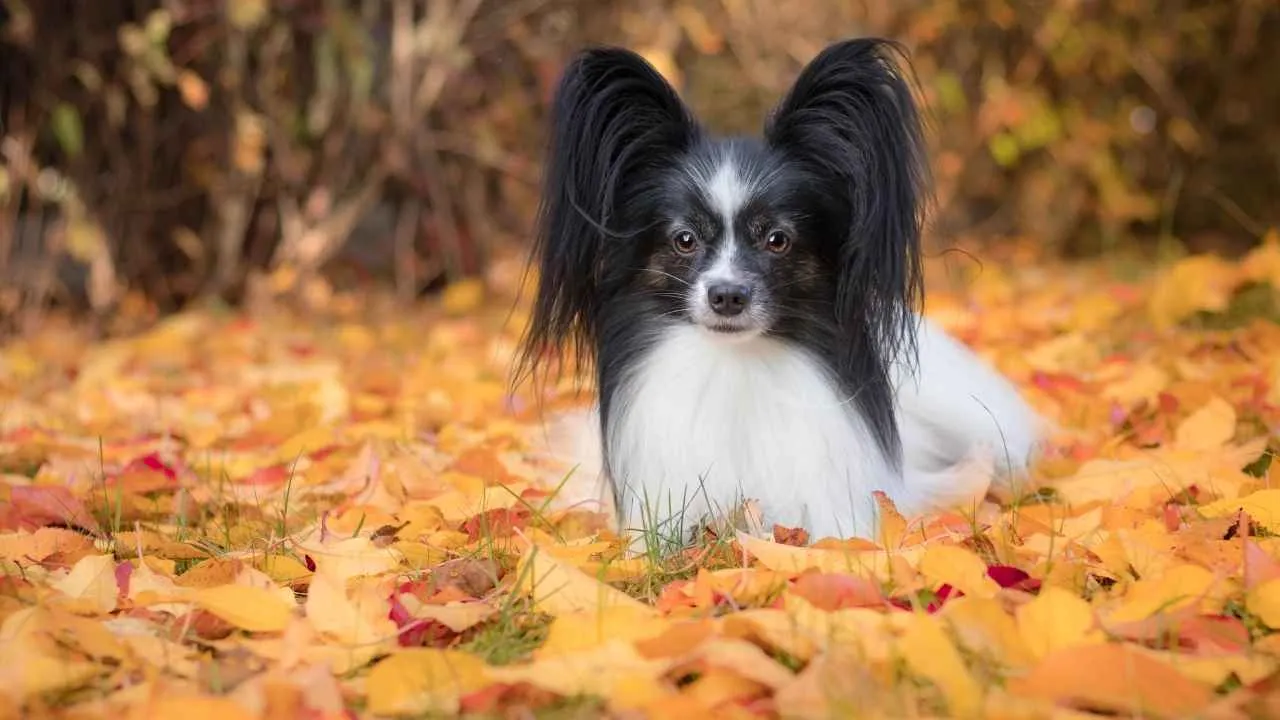
Ah, the Papillon—named after the French word for “butterfly” thanks to those fancy wing-like ears. This pint-sized genius has been strutting around European royal courts since the Renaissance, clearly born to rule laps and Instagram feeds. Don’t be fooled by the dainty looks; Papillons are sharp, playful, and endlessly charming.

Purina mentions that keeping a Papillon looking effortlessly fabulous means regular grooming (bye-bye tangles!) and daily brain games to keep them from outsmarting you. Spoil them with a balanced diet and they’ll return the favor with endless affection.
Health issues: Patellar luxation, dental problems, eye conditions
Energy needs: High (surprise, they’re turbo butterflies)
Exercise needs: Short walks + indoor play sessions
Diet needs: Small-breed formulated kibble, easy on calories
Perfect for people who love a witty, affectionate companion with a flair for drama. They thrive in cozy apartments but demand mental stimulation like it’s their birthright.
2. Yorkshire Terrier

The Yorkshire Terrier, or “Yorkie,” started out rat-hunting in English textile mills. Yes, this glamorous diva of a dog was once a working-class hero—now it prefers designer bows and cushy pillows. Small, confident, and ridiculously sassy, Yorkies basically own any room they walk into.
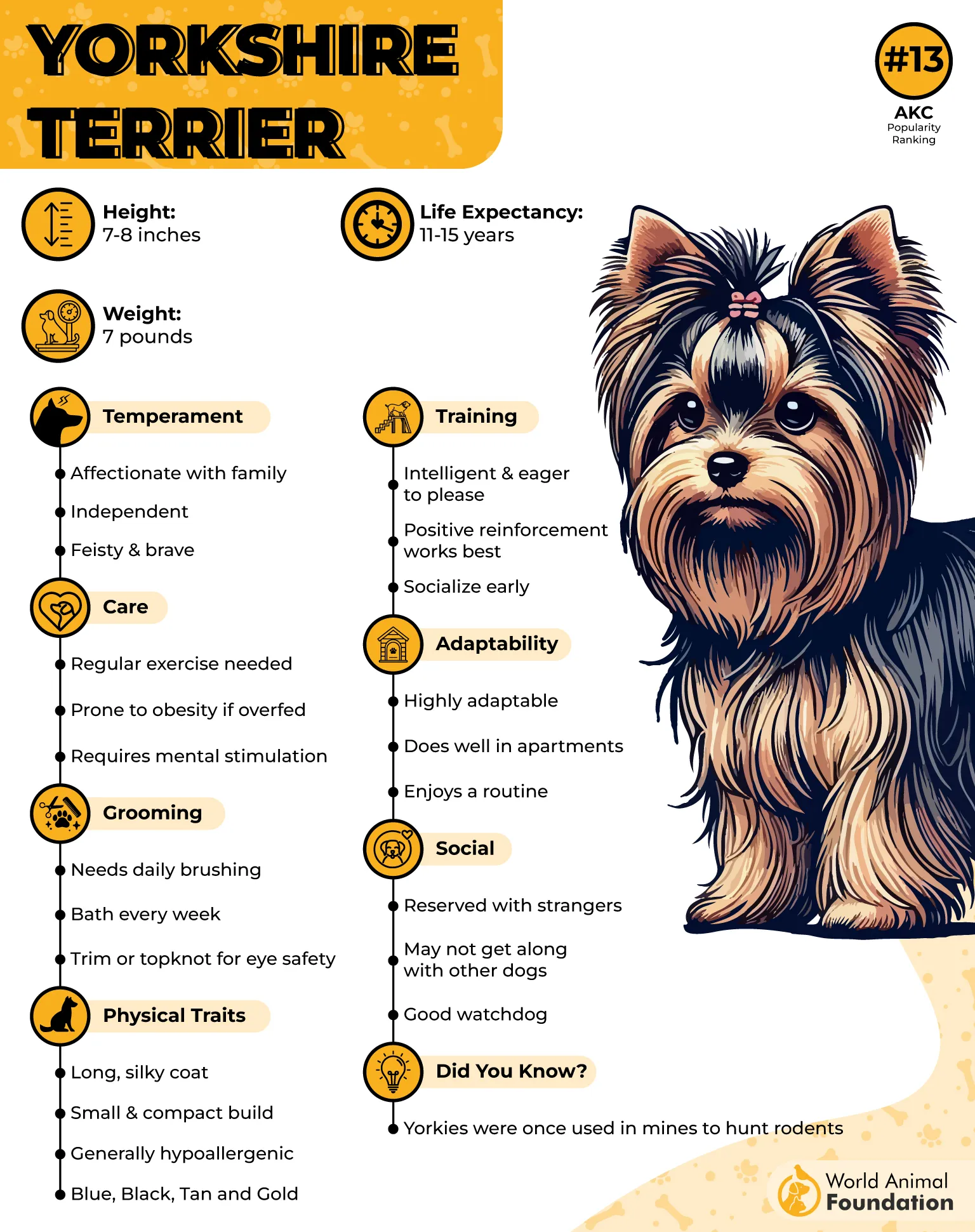
Petplan explains that keeping their silky coat looking like a runway model’s hair takes commitment—brushing is non-negotiable unless you enjoy tangles bigger than the dog itself.
They’re also spirited athletes wrapped in five pounds of fluff, so don’t underestimate their energy.
Health issues: Tracheal collapse, hypoglycemia, dental disease
Energy needs: Moderate but intense (zoomies included)
Exercise needs: Daily short walks, playtime
Diet needs: High-quality small-breed food, portion control
Yorkies fit best with owners who adore grooming and enjoy a feisty personality in a pocket-sized package. They flourish in apartments but demand attention, cuddles, and just a dash of glamour.
3. Shih Tzu

The Shih Tzu was bred in China to warm the laps of emperors—yes, your little floofball comes with royal lineage. With their big eyes, sweet nature, and affectionate charm, they’re basically the living teddy bears you didn’t know you needed.
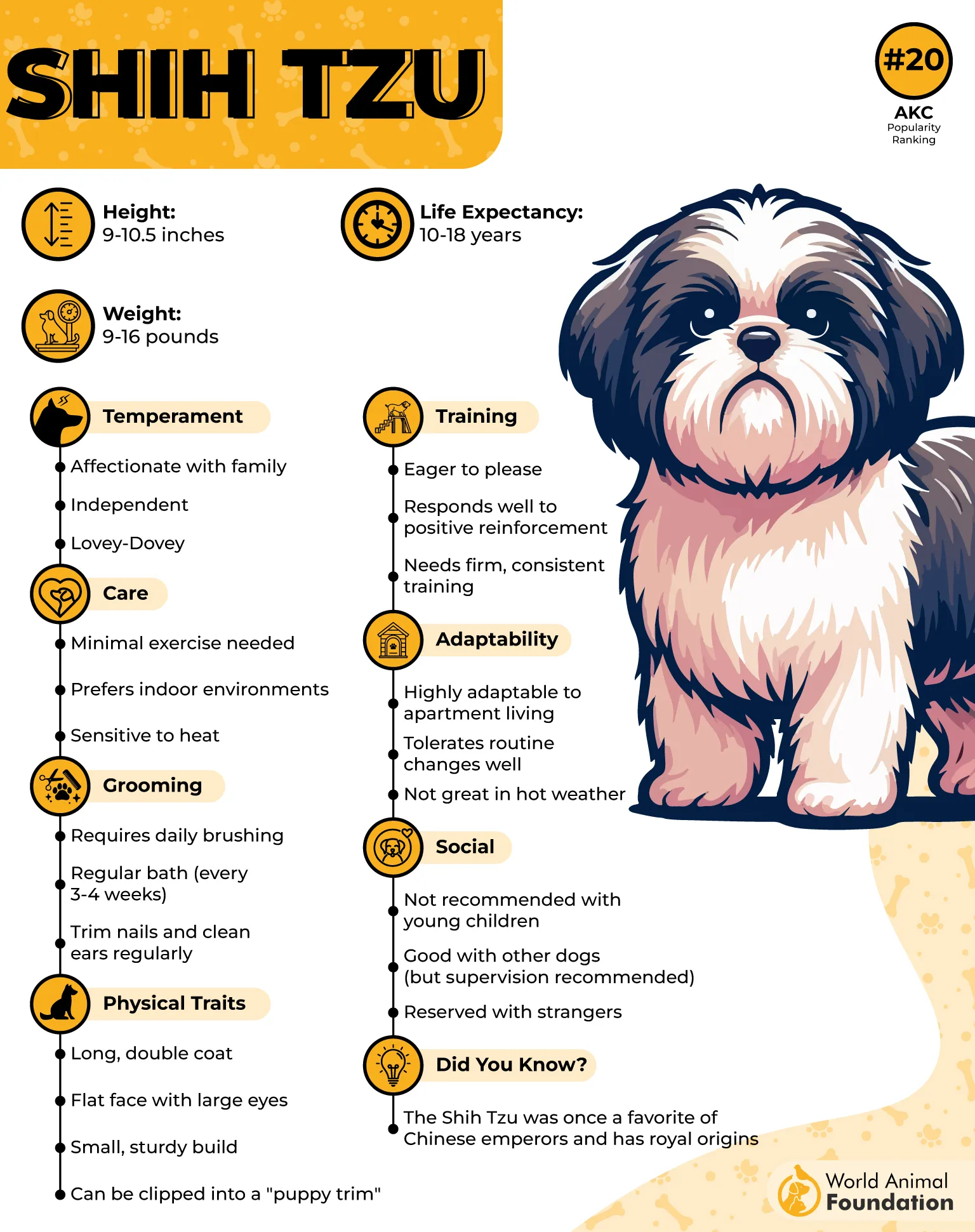
Sarcastic take? They’ve mastered the art of convincing you they’re fragile while secretly running the household.
A Shih Tzu’s luxurious coat can turn from “glorious” to “disaster zone” fast, so regular grooming is essential. They’re not marathon runners (unless the marathon involves naps), but moderate activity keeps them healthy.
Health issues: Breathing difficulties (brachycephalic), eye issues, hip dysplasia
Energy needs: Low to moderate (nap > jog)
Exercise needs: Gentle daily walks, play indoors
Diet needs: Easily digestible, portion-controlled diet
Shih Tzus thrive with doting families, seniors, or anyone who believes in cuddles as a lifestyle. They’re happiest in homes where being spoiled is considered normal.
4. Pug
Ah, the Pug—nature’s little clown with a face only everyone could love. Originating in China, these wrinkly charmers were bred to be companions, and they’ve nailed the role by being the most lovable couch potatoes on four legs.
They’re goofy, affectionate, and just sarcastically dramatic enough to keep you laughing.
Pugs don’t need a glamorous grooming routine, but they do require wrinkle cleaning (yes, that’s a thing) to avoid irritation. Exercise should be gentle, because overdoing it makes breathing a challenge for their smooshy little noses.
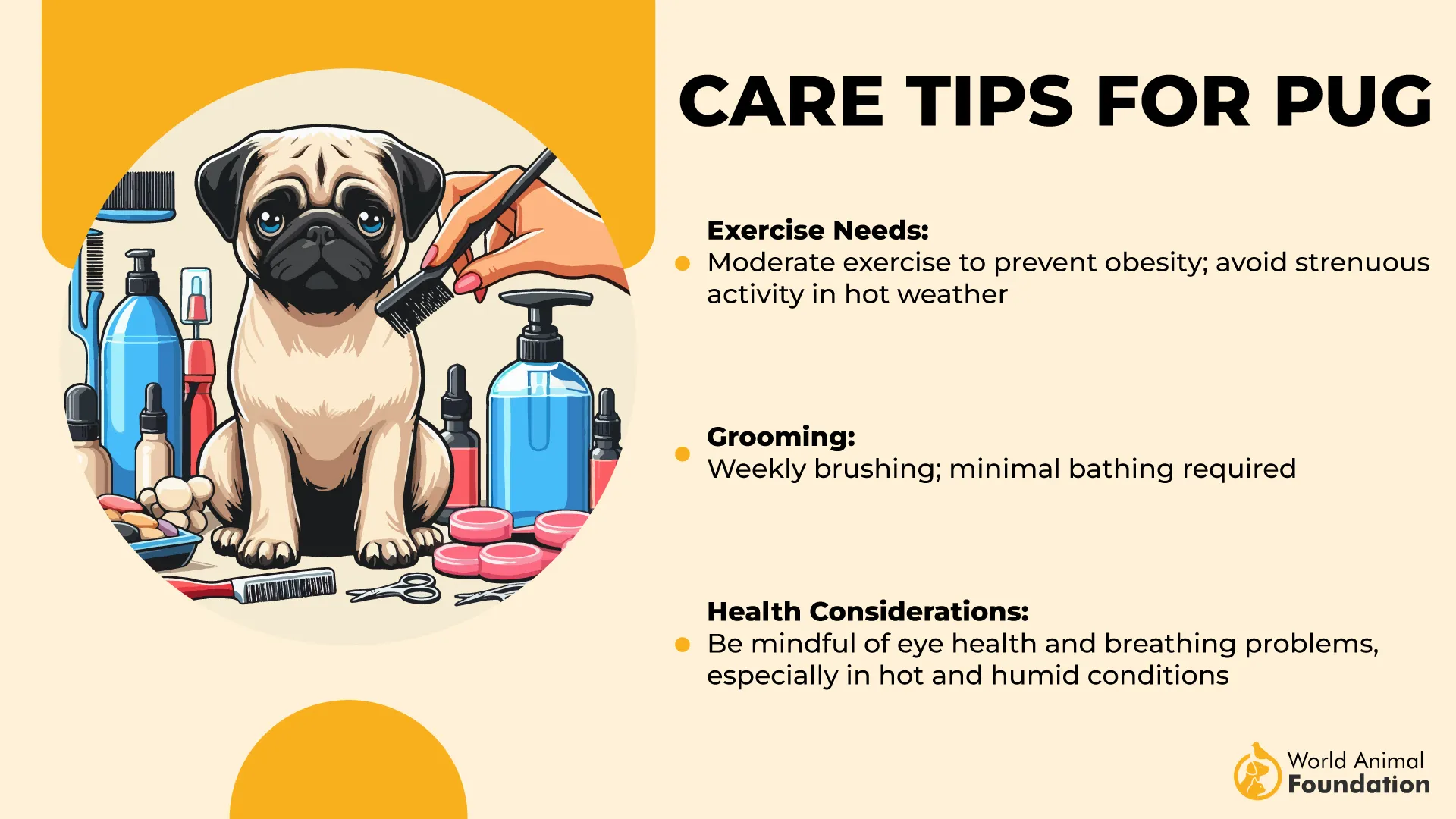
Health issues: Breathing problems, obesity, skin fold infections
Energy needs: Low to moderate (bursts of zoomies, then nap)
Exercise needs: Short daily walks, low-impact play
Diet needs: Calorie-controlled meals (they will beg, don’t fall for it)
Best suited for laid-back owners who love affection and laughter in equal doses. Pugs are happiest in chill environments where cuddles are plentiful and long walks aren’t mandatory.
5. Havanese
The Havanese is basically Cuba’s gift to the dog world—sunshine packed into a fluffy, wiggly bundle, reveals AKC.
Known as “velcro dogs,” they’ll stick to you with the kind of devotion that’s sweet… and slightly clingy. They’re cheerful entertainers, often pulling out circus-worthy antics just to see you smile.
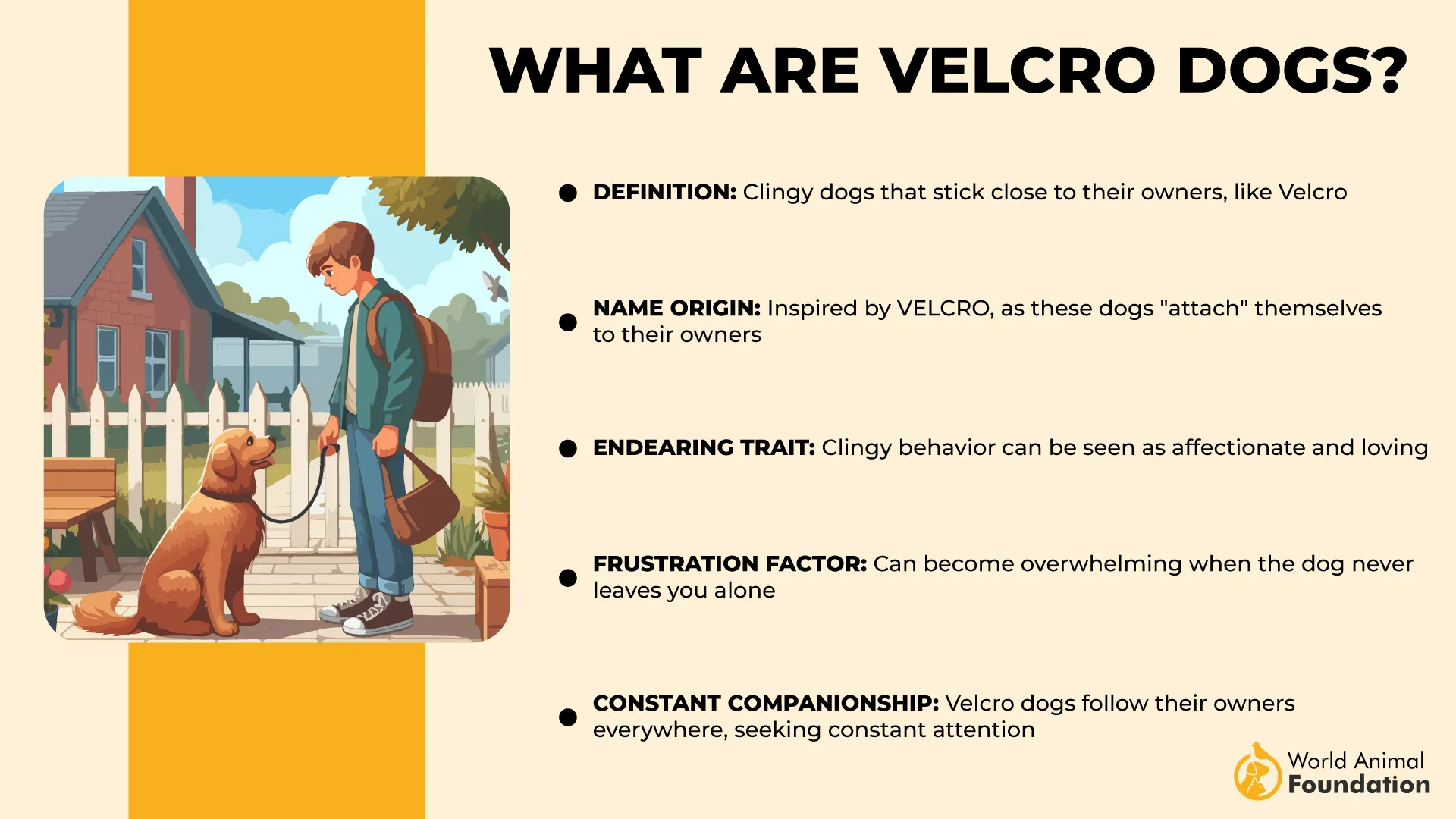
Their silky coats can either be a glamorous showstopper or a matted mess—your choice (spoiler: it’s a lot of brushing). They’re playful, adaptable, and thrive on being the center of attention.
Health issues: Luxating patella, cataracts, heart murmurs
Energy needs: Moderate (enough to keep them sparkly)
Exercise needs: Daily walks, interactive playtime
Diet needs: Balanced small-breed diet, watch for weight gain
Havanese thrive with families, singles, or anyone who doesn’t mind a permanent shadow. Perfect for apartment dwellers who want a cuddly, fun-loving best friend.
6. Poodle (Toy/Teacup)
Toy and Teacup Poodles are like the overachievers of the dog world—brains, beauty, and a sense of humor, all in under 10 pounds.
Originally bred as water retrievers, these little Einsteins now excel at winning hearts and outsmarting their humans daily. Sarcastic truth? They’re way smarter than they look, and they already know it.
Their curly coats may be hypoallergenic, but they’re also high-maintenance—think of it as styling a living, breathing teddy bear. Regular trims keep them chic and comfortable, while play and puzzles keep that brilliant mind busy.
Health issues: Dental disease, epilepsy, joint issues
Energy needs: High (tiny but turbo-charged)
Exercise needs: Daily walks, puzzle toys, training games
Diet needs: Small-breed food, protein-rich, calorie-controlled
Perfect for active owners who love brains as much as beauty. They fit into small homes but demand mental workouts, not just snuggles.
7. Maltese
The Maltese has been strutting around aristocratic laps for centuries, charming royalty and commoners alike with its flowing white coat, according to PetMD.
This little heart-stealer is affectionate, gentle, and fully aware of its own adorableness. Sarcasm alert: they’re basically furry royalty who expect VIP treatment—don’t disappoint them.
Despite the glamour, Maltese aren’t just pretty faces. They’re lively, fun companions who shine when pampered but can keep up with bursts of playful energy too. Grooming is a must unless you’re aiming for “dust mop chic.”
Health issues: Collapsed trachea, dental disease, luxating patella
Energy needs: Low to moderate
Exercise needs: Short daily walks, play sessions indoors
Diet needs: Gentle on the stomach, high-quality small-breed food
Best suited for owners who adore cuddly, affectionate lapdogs and don’t mind a grooming routine. Perfect for quiet homes where being adored is their full-time job.
FAQs
Why are teacup dog breeds so popular globally?
Their small size, expressive eyes, and sweet temperament make them irresistible. From the teacup Maltese to teacup Yorkies, these pint-sized pups are adored worldwide as perfect pets and cherished lap dogs.
Do teacup breeds have special care needs?
Absolutely—tiny bodies often come with big health risks like low blood sugar, dental issues, or fragile bones. They also require regular exercise (yes, short walks count), a balanced diet, and proper training to avoid behavioral quirks. And let’s be real—they’re pros at separation anxiety, so pet parents need to give them lots of love.
Which teacup breed is best for first-time dog owners?
If you’re new, go for an easier toy breed like the teacup Shih Tzu or a well-socialized toy poodle. They’re highly trainable, adaptable, and make loving companions for small homes or apartments. More delicate breeds like the teacup chihuahua or teacup dachshund might be better for experienced owners who understand their unique health conditions and personalities.
Conclusion
When it comes to tiny dogs, these pint-sized pups—whether a teacup Maltese, toy poodle, or teacup papillon—prove that size is overrated. With their small stature and big personality, they make perfect pets for devoted pet parents who adore lap dogs.
Of course, there are other small dog breeds we didn’t dive into, like the teacup chihuahua, teacup pomeranian, teacup dachshund, teacup beagle, and even the quirky Brussels griffon. These popular dogs all bring unique charm, health challenges, and strong bonds with other pets.
For potential owners searching for loving companions or living stuffed animals, these toy breeds and smaller versions of the most popular dog breeds are delightful choices. Just remember—regular exercise, proper training, and awareness of health problems are key. Ready to meet your next teacup pup?


